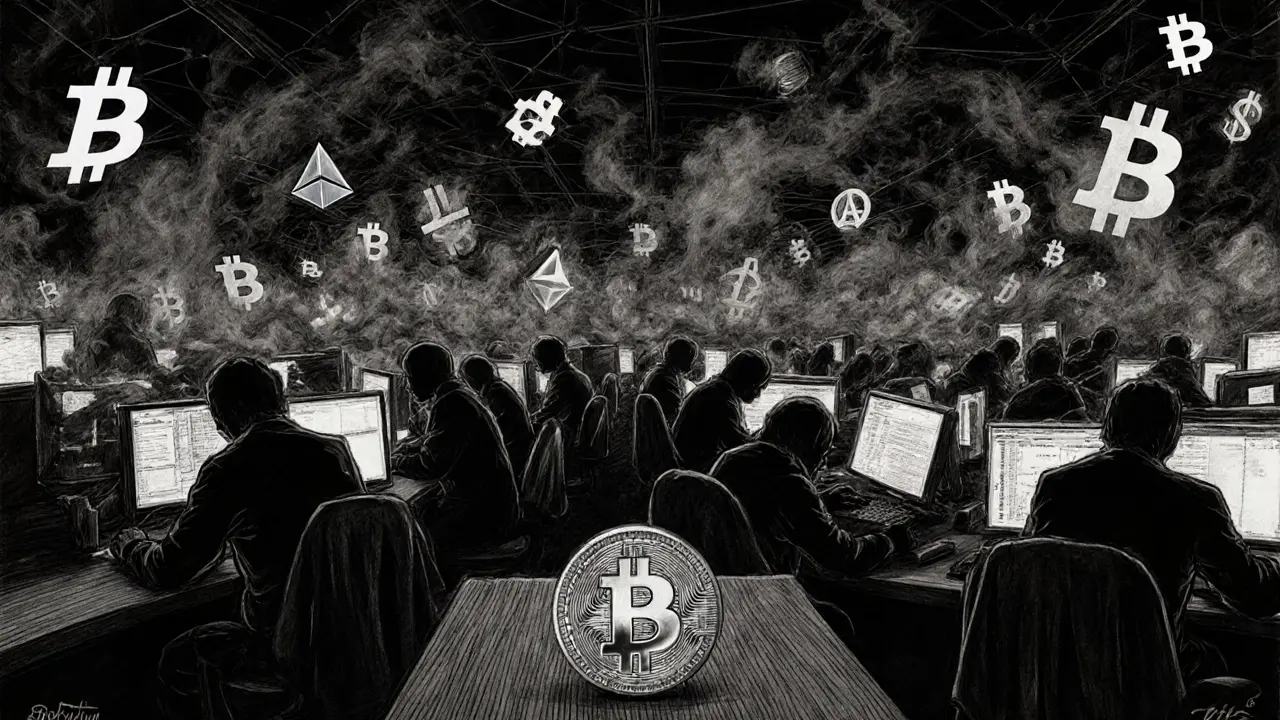Binance is the world's largest crypto exchange in 2025, offering low fees, 350+ coins, and advanced trading tools. But is it right for beginners? Here's the real breakdown of fees, security, and risks.
Binance Security: What Really Happens Behind the Scenes
When you think about Binance security, the world’s largest crypto exchange and its approach to protecting user funds and data. Also known as Binance exchange security, it’s the reason millions trust it with billions in assets. But security isn’t just about firewalls and two-factor auth—it’s about culture, decisions, and what happens when things go wrong.
Binance security isn’t perfect. It’s been hacked before—in 2019, over $40 million in BTC was stolen. Yet Binance responded by creating the Secure Asset Fund for Users (SAFU), a reserve fund built from trading fees to cover losses. That’s not common. Most exchanges don’t have a safety net like that. Compare that to smaller platforms like Bitay or Instant Bitex, which vanished without warning or compensation. Binance’s response didn’t make it invincible, but it showed a level of accountability most exchanges ignore.
What really separates Binance from the rest is how it handles crypto exchange security, the systems and policies exchanges use to defend against theft, fraud, and insider threats. Also known as exchange security protocols, it includes cold storage, multi-signature wallets, and real-time monitoring. Binance stores over 90% of user funds offline, far beyond what most platforms do. But here’s the catch: even the best security can’t stop social engineering. If someone tricks you into giving up your password or 2FA code, no amount of cold storage helps. That’s why the biggest risk isn’t the exchange—it’s you.
And then there’s crypto exchange risks, the hidden dangers that come with using centralized platforms, from regulatory crackdowns to sudden shutdowns. Also known as centralized exchange dangers, these risks hit hard when governments move. Remember LGO Markets? It was bought by Voyager, then vanished after Voyager collapsed. Binance has faced similar pressure—from the U.S. SEC to the UK’s FCA. It’s still standing, but it’s had to pull services, restrict regions, and pay billions in fines. That’s the price of scale.
What you’ll find below isn’t just a list of articles. It’s a collection of real stories—scams pretending to be Binance, exchanges that claimed to be safer but vanished overnight, and the quiet truth about how custody works (or doesn’t). You’ll see how one bad decision on a fake airdrop can wipe out your portfolio, why exchanges like Azbit and Excalibur failed despite strong features, and how even the most secure platforms can’t protect you from yourself. This isn’t theory. It’s what happens when trust meets reality.

